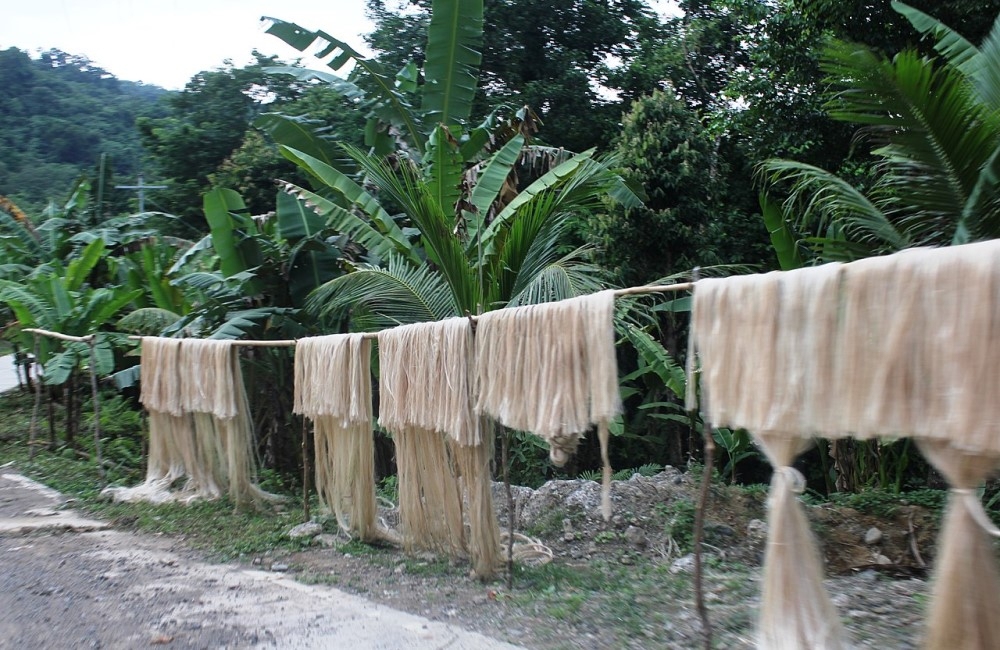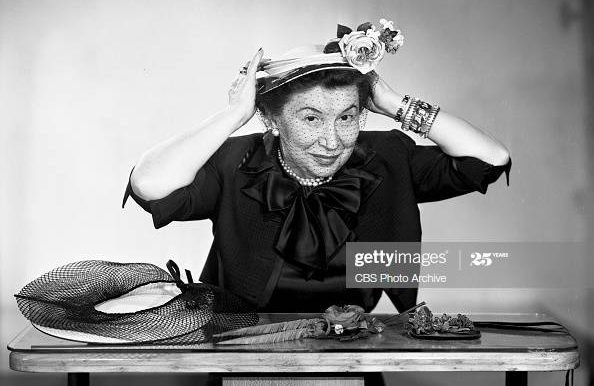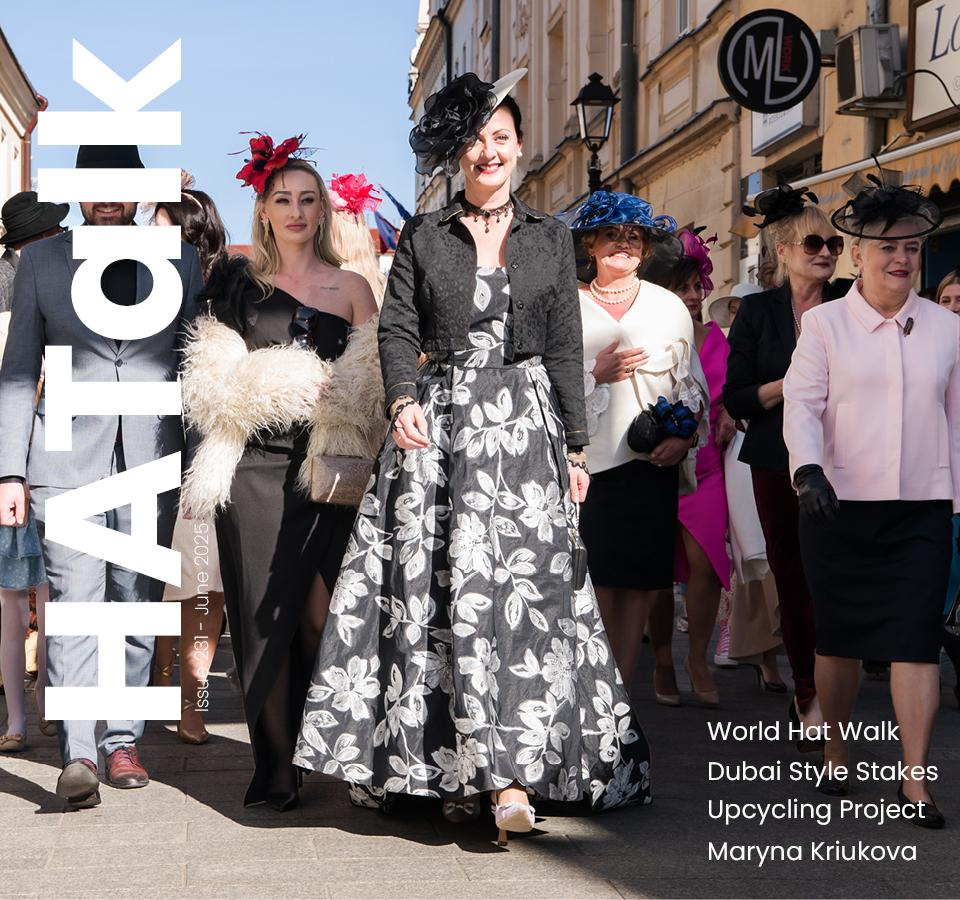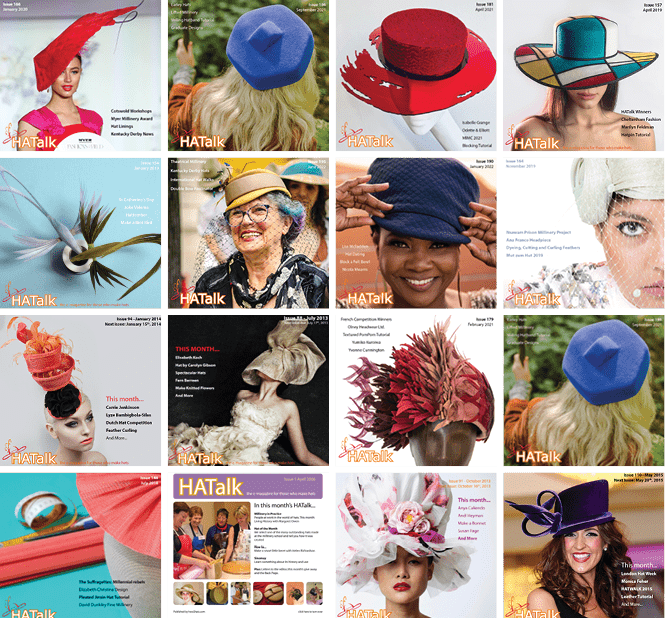Blog / Hat Steamers

Hat Steamers
A Look at Hat Steamers
If you are new to millinery, finding out what you really need to start making hats can be overwhelming. There are so many hat blocks, hat making tools, specialist equipment and millinery materials out there and you certainly don’t need them all. Without a doubt, though, having a reliable way to produce steam is vital. Steam is one of a hat maker’s most important tools.
With steam, you can soften or lightly dampen millinery materials without waterlogging them or changing the density of the stiffener. After a good steaming, a felt cone will go from being stubborn and difficult to shape to being pliable and easy to stretch. Feathers perk up, veiling regains its shape and, as if by magic, a tired old hat is as good as new once steam has been applied.
5 Tools for Steaming Hats
While specialist tools are great, a number of common household items can also double as hat steamers. So what should you get? The answer will depend on the kind of headwear that you make, the amount of time you spend making hats and your budget. Here are 5 common hat steaming tools for you to choose from…
1) Steam Kettles
If you are just starting out in millinery, look around your home for steam sources that you may already have. The most common item you can use is a tea kettle. A stove top kettle is the most inexpensive option for creating steam for hat making.
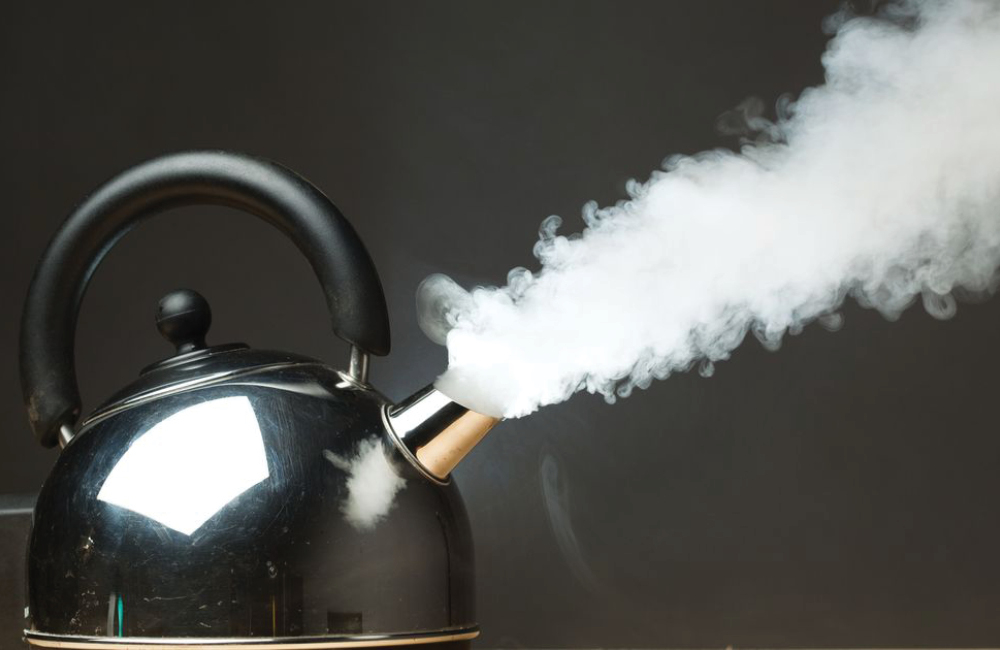
For convenience (and to avoid annoyance), you may want to find a kettle without a whistle or boil switch off. Simply add water to the kettle, heat it on the stove and then control the flow of steam by adjusting the stove temperature. Once you have a steady boil, you can hold your millinery project in the stream of steam to dampen it. An electric kettle will also work and has the added advantage of being portable. The only drawback is that you will have to keep switching it back on whenever it reaches boiling point.
2) Upright Steamers
While a simple kettle is useful for quick touch-ups, you may already have another source of steam that can work even better – a garment, or clothing, steamer.

An upright garment steamer with a tank makes a great first hat steamer for your millinery studio. Since these types of steamers are electric they heat up quickly and are portable. This means that you can get you away from working on a stove or hot plate. Plus, having the extra water reservoir will give you a steady stream of steam for longer, so that you can work on your hats with fewer interruptions.
3) Handheld Steamers
For some millinery materials, a handheld clothing steamer with a flat plate surface will work best. For example, using a handheld steamer on a millinery thermoplastic like Fosshape® will make blocking much easier as you can apply pressure without leaving marks.
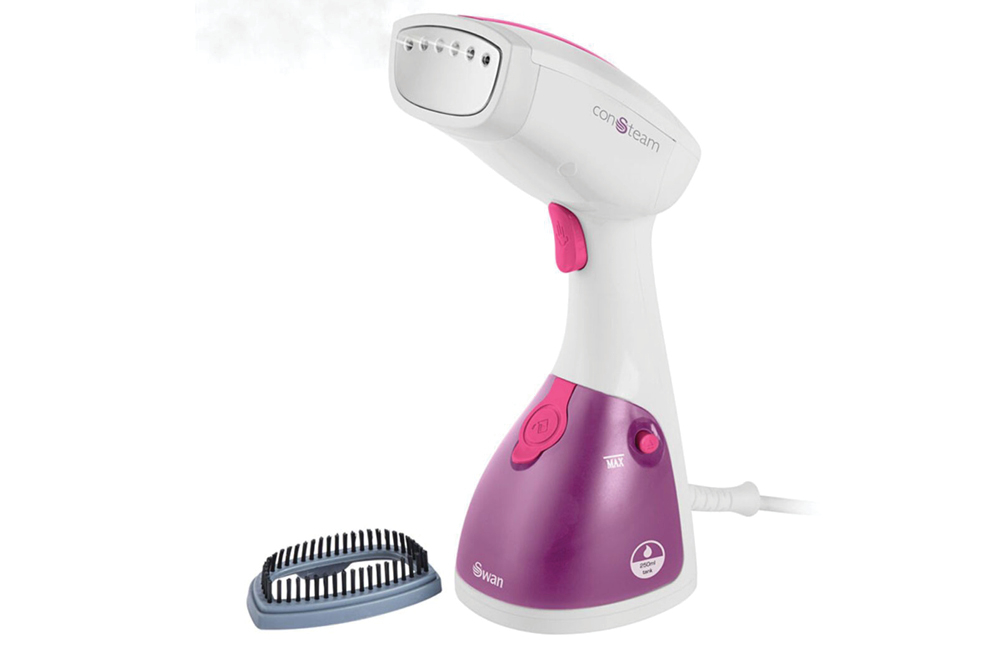
On the downside, the water tank is much smaller on handheld steamers as opposed to the upright variety. Still, they are very useful for working on small areas and for applying pressure and steam at the same time. Plus, they are quite cheap and easy to find.
4) Steam Generator Irons
A steam generator iron, or ironing station, is a more expensive option for precise handheld steaming. A steam generator iron is a smallish steam iron that provides pressurized steam from a separate water tank supply, allowing for faster blocking through a combination of steam pressure and physical pressure.
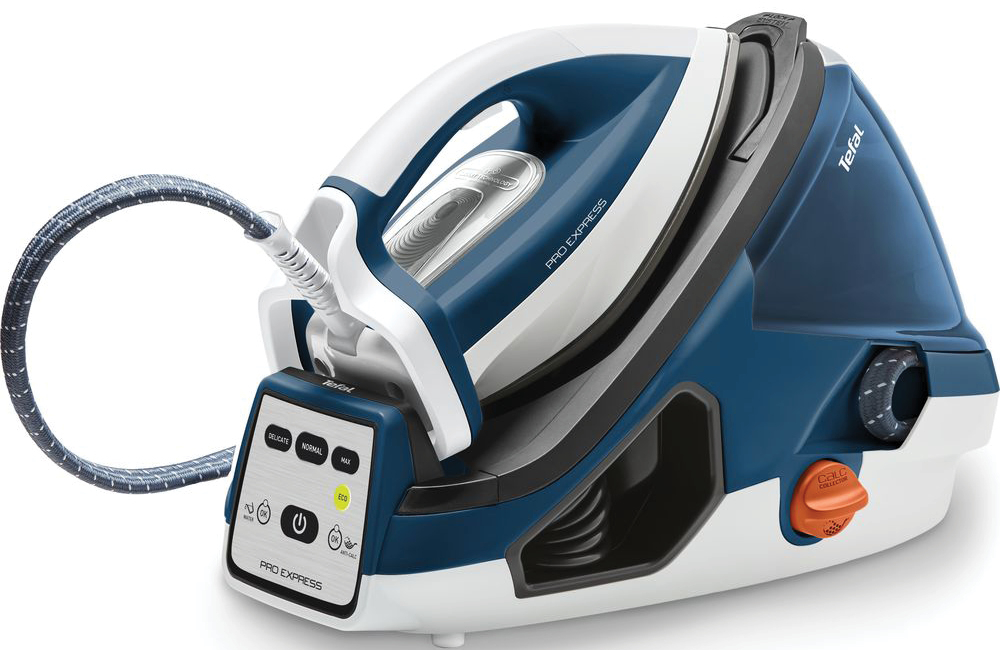
Using a steam generator iron as a hat steamer will allow for hours of blocking without refilling the water tank. Steam generator irons are especially good when you are working with heavy or large hat blocks since you won’t have to hold them up over a steam source. This is the type of iron Ani Townsend used for steaming her hand-draped felt cloche in the photo at the top of this page.
5) Specialist Hat Steamers
If you are really serious about hat making, you may want to invest in a steamer made especially for blocking and shaping hats. The classic, and most popular, hat steamer for milliners is made by Jiffy.
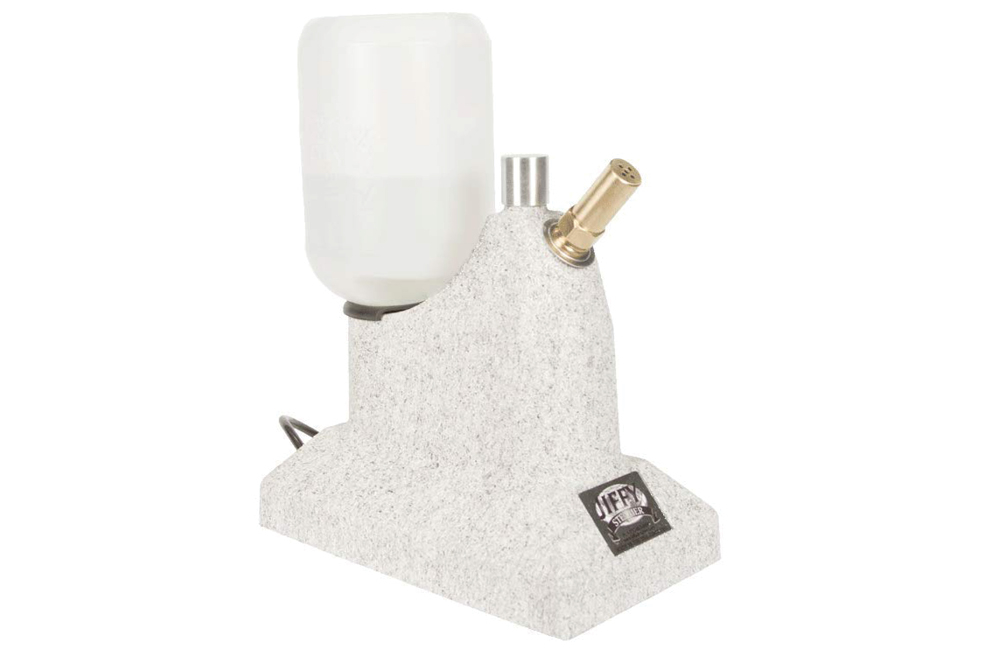
A great all-purpose steamer, with a variety of attachments available so that you can customize your set up, a Jiffy Hat Steamer costs around $150. Of course, this is quite an investment, but, in my opinion, it is a worthwhile and reliable one. A Jiffy Hat Steamer holds plenty of water and it is easy to see the level so that you know when it is time to refill. Plus, these hat steamers heat up quickly and can be turned on and off easily using a switch on the back. This is a great tool to have sitting on your work surface, ready to use whenever you need some steam.
A hat steamer is an important tool to have, but don’t break the bank to get started. Try different types of steam sources to see what you like best.
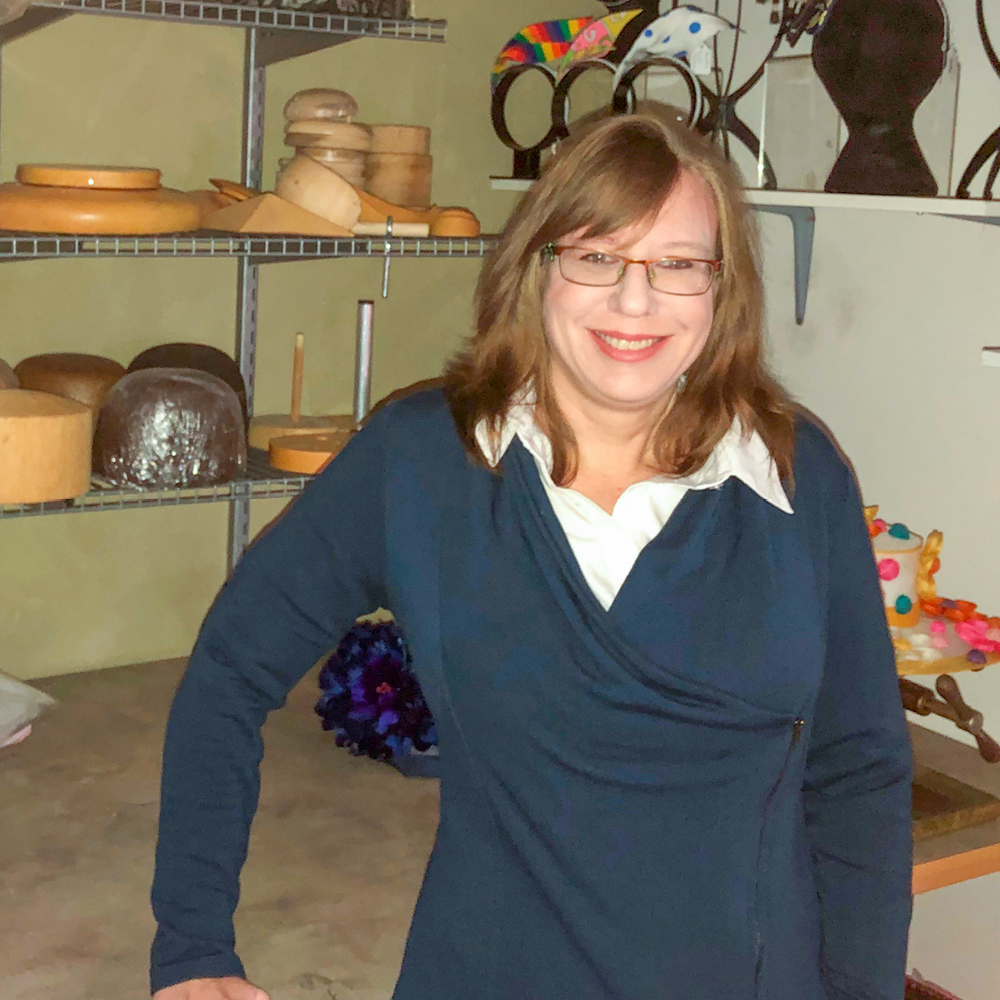
About the Author
Amy Fowler is the creator of the bespoke, California-based Millinery by Amy Fowler label. She also runs Humboldt Haberdashery, an online millinery supplier.
See Amy’s full bio HERE.
Popular Articles
Latest e-Magazine
Featured Supplier

Hat Steamers
A Look at Hat Steamers
If you are new to millinery, finding out what you really need to start making hats can be overwhelming. There are so many hat blocks, hat making tools, specialist equipment and millinery materials out there and you certainly don’t need them all. Without a doubt, though, having a reliable way to produce steam is vital. Steam is one of a hat maker’s most important tools.
With steam, you can soften or lightly dampen millinery materials without waterlogging them or changing the density of the stiffener. After a good steaming, a felt cone will go from being stubborn and difficult to shape to being pliable and easy to stretch. Feathers perk up, veiling regains its shape and, as if by magic, a tired old hat is as good as new once steam has been applied.
5 Tools for Steaming Hats
While specialist tools are great, a number of common household items can also double as hat steamers. So what should you get? The answer will depend on the kind of headwear that you make, the amount of time you spend making hats and your budget. Here are 5 common hat steaming tools for you to choose from…
1) Steam Kettles
If you are just starting out in millinery, look around your home for steam sources that you may already have. The most common item you can use is a tea kettle. A stove top kettle is the most inexpensive option for creating steam for hat making.

For convenience (and to avoid annoyance), you may want to find a kettle without a whistle or boil switch off. Simply add water to the kettle, heat it on the stove and then control the flow of steam by adjusting the stove temperature. Once you have a steady boil, you can hold your millinery project in the stream of steam to dampen it. An electric kettle will also work and has the added advantage of being portable. The only drawback is that you will have to keep switching it back on whenever it reaches boiling point.
2) Upright Steamers
While a simple kettle is useful for quick touch-ups, you may already have another source of steam that can work even better – a garment, or clothing, steamer.

An upright garment steamer with a tank makes a great first hat steamer for your millinery studio. Since these types of steamers are electric they heat up quickly and are portable. This means that you can get you away from working on a stove or hot plate. Plus, having the extra water reservoir will give you a steady stream of steam for longer, so that you can work on your hats with fewer interruptions.
3) Handheld Steamers
For some millinery materials, a handheld clothing steamer with a flat plate surface will work best. For example, using a handheld steamer on a millinery thermoplastic like Fosshape® will make blocking much easier as you can apply pressure without leaving marks.

On the downside, the water tank is much smaller on handheld steamers as opposed to the upright variety. Still, they are very useful for working on small areas and for applying pressure and steam at the same time. Plus, they are quite cheap and easy to find.
4) Steam Generator Irons
A steam generator iron, or ironing station, is a more expensive option for precise handheld steaming. A steam generator iron is a smallish steam iron that provides pressurized steam from a separate water tank supply, allowing for faster blocking through a combination of steam pressure and physical pressure.

Using a steam generator iron as a hat steamer will allow for hours of blocking without refilling the water tank. Steam generator irons are especially good when you are working with heavy or large hat blocks since you won’t have to hold them up over a steam source. This is the type of iron Ani Townsend used for steaming her hand-draped felt cloche in the photo at the top of this page.
5) Specialist Hat Steamers
If you are really serious about hat making, you may want to invest in a steamer made especially for blocking and shaping hats. The classic, and most popular, hat steamer for milliners is made by Jiffy.

A great all-purpose steamer, with a variety of attachments available so that you can customize your set up, a Jiffy Hat Steamer costs around $150. Of course, this is quite an investment, but, in my opinion, it is a worthwhile and reliable one. A Jiffy Hat Steamer holds plenty of water and it is easy to see the level so that you know when it is time to refill. Plus, these hat steamers heat up quickly and can be turned on and off easily using a switch on the back. This is a great tool to have sitting on your work surface, ready to use whenever you need some steam.
A hat steamer is an important tool to have, but don’t break the bank to get started. Try different types of steam sources to see what you like best.

About the Author
Amy Fowler is the creator of the bespoke, California-based Millinery by Amy Fowler label. She also runs Humboldt Haberdashery, an online millinery supplier.
See Amy’s full bio HERE.

